What is OEM in the Tea Industry?
When you hear the term “OEM,” your mind might immediately wander to the automotive or tech industry, imagining shiny gadgets or sleek cars rolling off assembly lines. But hold onto your teacup, because OEMOriginal Equipment Manufacturerhas brewed its way into the tea industry too! Yes, you read that right. OEM isn’t just about gears and gizmos; it’s about leaves and liquid gold. Let’s steep ourselves in the concept and explore the quirky world of tea OEMs.
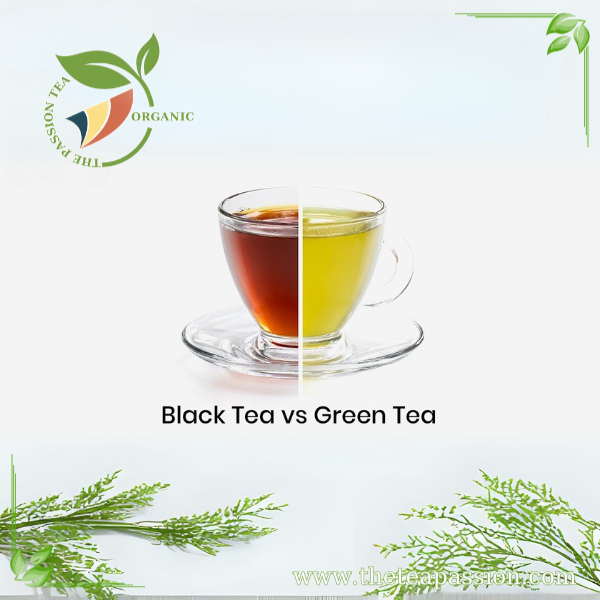
What Exactly is OEM in the Tea Industry?
Imagine this: You’re an aspiring tea entrepreneur with dreams of launching your own brand of chai that’s so good it makes people cry tears of joy. You’ve got a killer name for your company (how about “Sip Happens”?), a logo that screams sophistication, and a marketing plan that involves influencers sipping your tea while doing yoga on mountain tops. But there’s one tiny problemyou don’t have a tea plantation, processing facility, or even a teabag to your name.
Enter OEM! In the tea industry, OEM refers to companies that produce tea productswhether loose leaf, bagged, or bottledfor other brands. These manufacturers handle the dirty work: growing, blending, packaging, and sometimes even branding. You, as the entrepreneur, simply slap your logo on the final product and voilàyour tea empire is born! It’s like outsourcing your homework but still getting an A+.
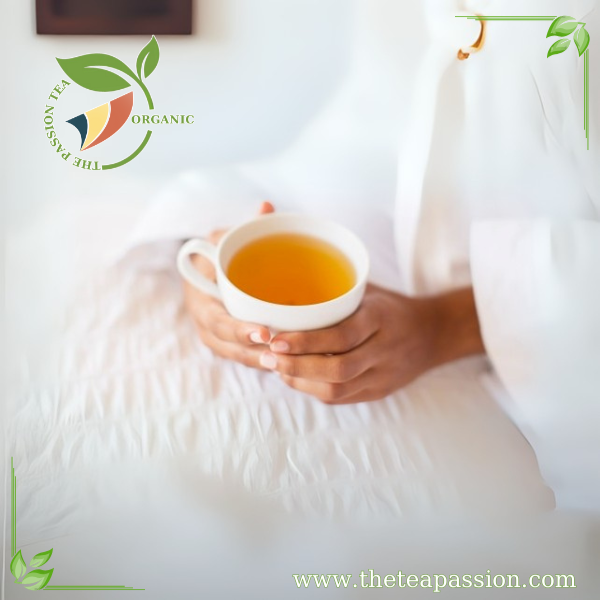
Why Do People Go the OEM Route?
Let’s face it: starting a tea business from scratch can be as complicated as brewing loose-leaf tea without a strainer. There are plantations to manage, blending techniques to perfect, and machinery to operate. Not to mention, you’ll need to figure out how to package your tea in a way that doesn’t make it look like you’re selling dried grass.
OEMs swoop in to save the day by offering a shortcut. They already have the expertise, equipment, and infrastructure to produce high-quality tea. You don’t have to worry about whether your Earl Grey has too much bergamot or if your green tea tastes like sadness. OEMs handle all that for you while you focus on building your brand and convincing people that your tea is the next big thing since sliced breador sliced lemon.
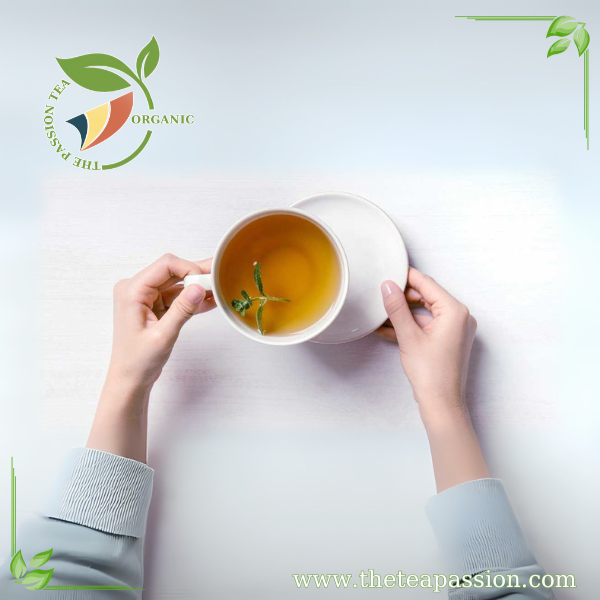
How Does It Work?
Here’s how the magic happens:
1. Tea Selection: You tell the OEM what kind of tea you wantblack, green, herbal, fruity, or something so exotic it sounds like a Harry Potter spell (Lapsang Souchong, anyone?).
2. Customization: Want your tea to have notes of lavender and vanilla? Done. Want it infused with unicorn tears? Sure thing (though unicorns may be hard to source). OEMs often offer customization options so you can create blends as unique as your personality.
3. Packaging: The OEM packages the tea according to your specifications. Whether you want biodegradable teabags or tins that look like they belong in a museum gift shop, they’ve got you covered.
4. Branding: Your logo goes on the packaging, and suddenly it’s “your” teaeven though you’ve probably never set foot in a tea plantation.
5. Delivery: The finished product is shipped to you, ready to hit the shelves or take over Instagram feeds.
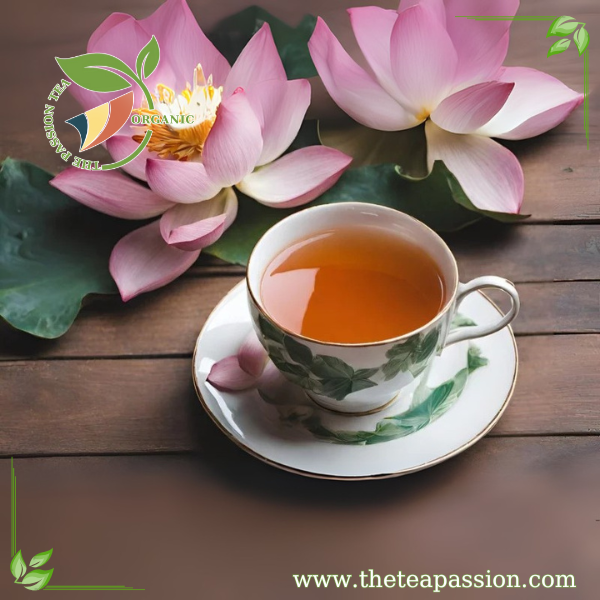
The Pros and Cons of OEM in Tea
Like any good cup of tea, OEM has its strengths and weaknesses. Let’s spill the tea on both sides:
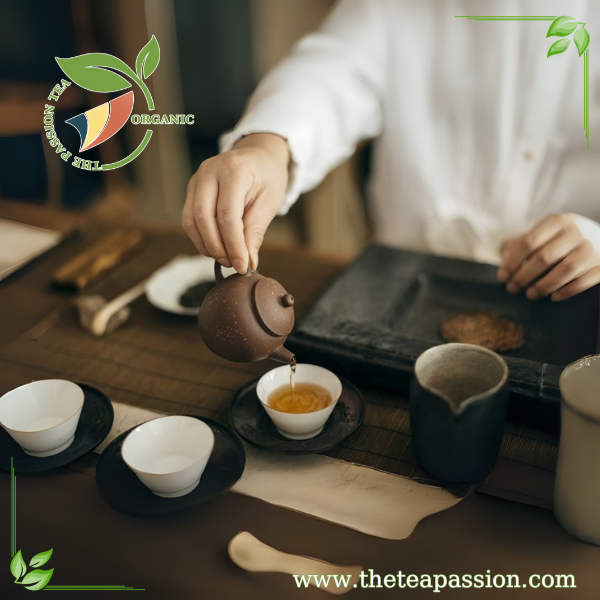
Pros:
– Low Investment: Starting a tea brand is way cheaper when you don’t have to buy land in Darjeeling or hire someone who can pronounce “Camellia sinensis” without Googling it.
– Expertise: OEMs are pros at making tea that tastes good. You won’t accidentally end up with a blend that tastes like wet cardboard.
– Time-Saving: Instead of spending years learning how to grow and process tea, you can launch your brand in no time.
– Flexibility: Want seasonal blends or limited editions? OEMs can whip them up faster than you can say “pumpkin spice.”
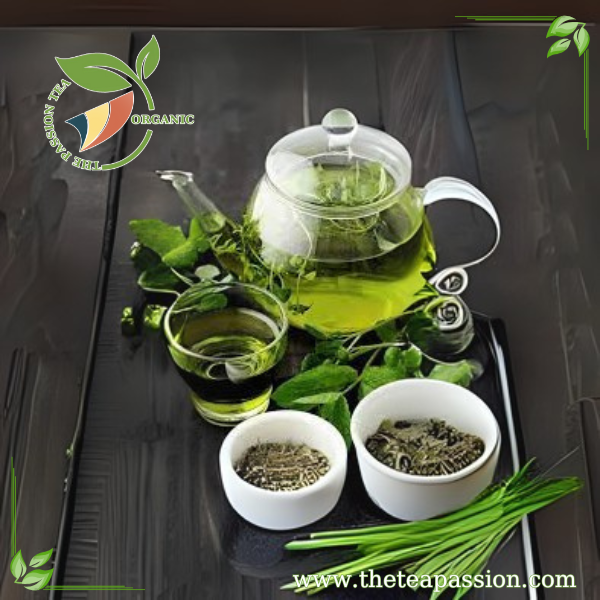
Cons:
– Limited Control: While you can customize blends and packaging, you’re still relying on someone else to make your product. If they mess up, your reputation is on the line.
– Brand Authenticity: Hardcore tea enthusiasts might side-eye your brand if they find out you’re not directly involved in production. (Cue dramatic gasps.)
– Dependency: If your OEM decides to stop working with you or raises prices, you might find yourself in hot waterliterally.
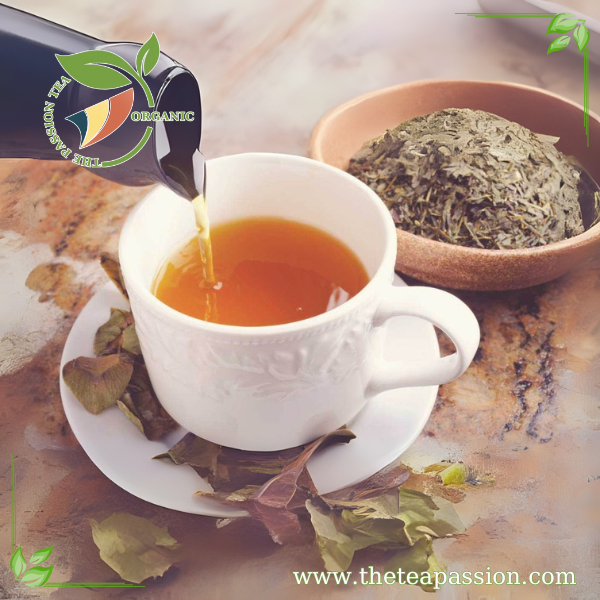
Who Uses Tea OEM Services?
OEM isn’t just for small startups; even big brands use it! Many household names source their products from OEM manufacturers. It’s like finding out your favorite celebrity doesn’t cook their own mealsthey just hire a chef. The truth is, many brands prioritize marketing over manufacturing because let’s face it: selling tea is more about convincing people they need it than actually growing it.
Even niche brands use OEM services to create specialty blends for events, restaurants, or corporate gifts. So next time you sip on “exclusive conference blend” tea at a networking event, know that it was probably made by an OEM company somewhere far away.
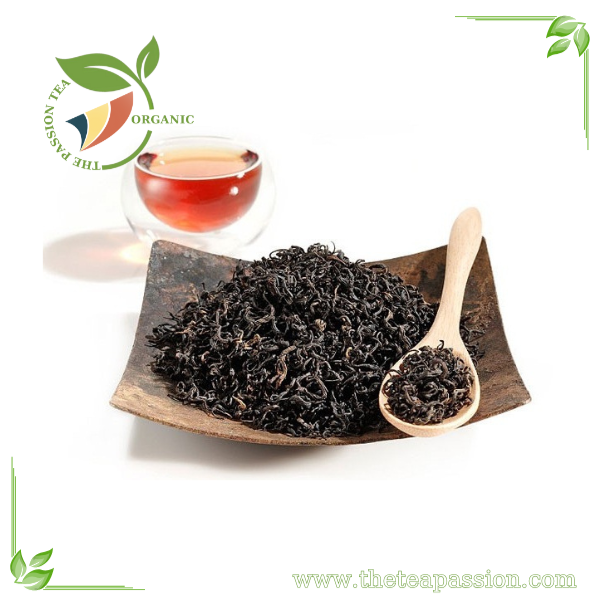
Is OEM Right for You?
If you dream of being the next tea mogul but don’t have the resources to start from scratch, OEM might be your cup of tea. It allows you to focus on branding and marketing while leaving production to the experts. Just remember to choose an OEM partner wiselyone who shares your vision and doesn’t accidentally send you chamomile when you asked for chai.
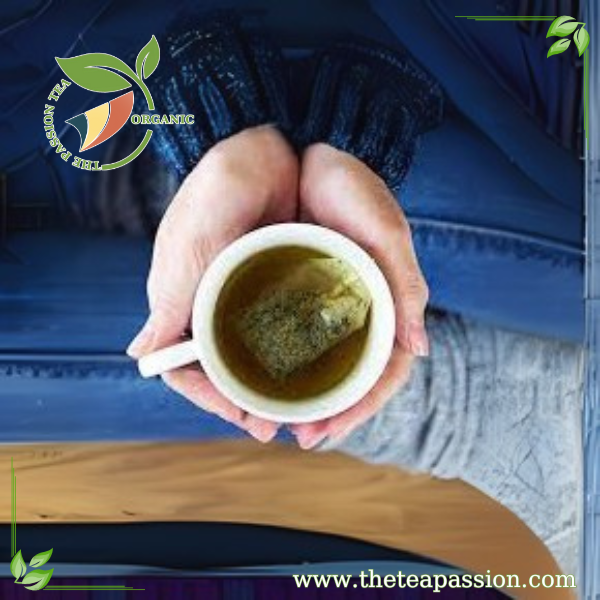
OEM in the tea industry is like the secret ingredient in grandma’s famous recipeit’s there, but nobody talks about it. Whether you’re sipping on fancy loose-leaf blends or dunking supermarket teabags into hot water, chances are an OEM company played a role in getting that tea into your hands.
So next time someone asks what OEM means in the tea world, tell them it’s basically outsourcing with styleand maybe throw in a pun for good measure. After all, life’s too short for bad tea and boring explanations!
